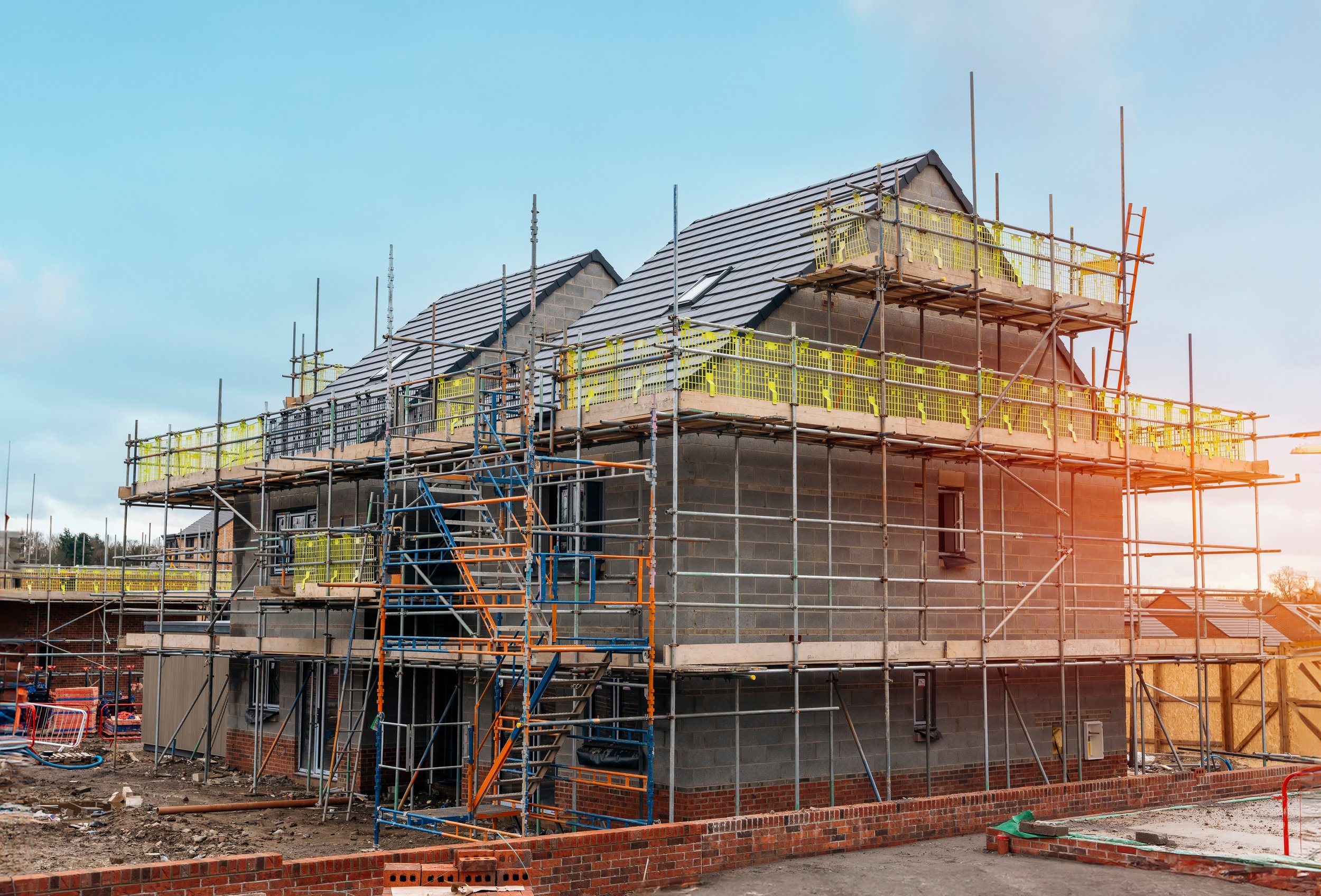
Double Roman Roof Tiles
An overview of this popular building material outlining its features, installation and maintenance.
Double Roman roof tiles are a popular choice in roofing due to their distinctive profile, durability, and aesthetic appeal.
These tiles, characterized by their semi-cylindrical shape with a pronounced double curve, mimic the look of traditional Roman tiles while providing modern benefits. Here’s an in-depth look at double Roman roof tiles, including their features, benefits, and installation considerations.
Features of Double Roman Roof Tiles
Profile: Double Roman tiles have a unique profile with two distinctive rolls separated by a flat pan. This design not only enhances the visual appeal of the roof but also helps in water drainage.
Material: These tiles are commonly made from concrete or clay. Concrete double Roman tiles are known for their strength and durability, while clay tiles offer a more traditional and natural appearance.
Size: The size of double Roman tiles allows for efficient coverage, reducing the number of tiles needed per square meter compared to smaller tiles.
Color and Finish: Available in a wide range of colors and finishes, double Roman tiles can complement various architectural styles and preferences.
Benefits of Double Roman Roof Tiles
Aesthetic Appeal: The classic double curve design provides a timeless and elegant look that can enhance the curb appeal of any property.
Durability: Made from robust materials like concrete and clay, double Roman tiles are highly durable and can withstand harsh weather conditions, including heavy rain, snow, and high winds.
Water Drainage: The profile of double Roman tiles facilitates efficient water drainage, reducing the risk of water pooling and leaks.
Low Maintenance: These tiles require minimal maintenance due to their durability and resistance to weathering and algae growth.
Energy Efficiency: Clay double Roman tiles, in particular, can help regulate indoor temperatures by providing natural insulation, leading to energy savings.
Installation Considerations
Roof Pitch:
Double Roman tiles are suitable for roof pitches ranging from low to steep slopes. However, the recommended minimum pitch is typically around 17.5° to ensure adequate water runoff.
Underlay:
Use a high-quality underlay beneath the tiles to provide additional waterproofing and insulation.
Fixings:
Proper fixings, such as nails or clips, should be used to secure the tiles, especially in areas exposed to high winds.
Laying Pattern:
The tiles should be laid in a staggered pattern to enhance the visual appeal and ensure a tight fit, minimizing gaps and potential leaks.
Ventilation:
Ensure adequate ventilation beneath the roof to prevent condensation and maintain the integrity of the roof structure.
Professional Installation:
While double Roman tiles are designed for ease of installation, hiring a professional roofer is recommended to ensure the job is done correctly and adheres to local building codes.
Maintenance of Double Roman Roof Tiles
Regular Inspections: Conduct regular inspections to check for any damaged, cracked, or dislodged tiles and address any issues promptly to maintain the integrity of the roof.
Cleaning: Keep the roof free of debris, moss, and algae to prevent water retention and potential damage. Use gentle cleaning methods to avoid damaging the tiles.
Repairs: Any cracks or damage should be repaired quickly to prevent water ingress and further deterioration. Replace any broken tiles to ensure continued protection.
Conclusion
Double Roman roof tiles offer a blend of classic design and modern functionality, making them a popular choice for various roofing projects. Their durability, aesthetic appeal, and efficient water drainage capabilities make them a reliable and attractive option for both residential and commercial properties. By ensuring proper installation and regular maintenance, double Roman tiles can provide long-lasting performance and enhance the beauty of any roof.
Top Articles
► Planning Permission for a New Roof
► Building Regulations for a New Roof
► Does a New Roof Add Value to Your Home?
► Does Insurance Cover Roof Leaks?
Roofing Materials Explained
► Code 3 and Code 4 Lead Flashing
► Slates
► Best Materials for Flat Roofs
Roofing Components
► Roof Ventilation for Flat Roofs
► What are Soffits and Fascias?
► What is a Fibreglass Flat Roof?
Common Guides
►How Much Does a New Roof Cost
► How to Find a Leak in Your Roof
► Why is my Velux Window Leaking?
► Planning Permission Velux Windows
► How to Clean Roof Tiles Without Pressure Washer
► Removing Moss from Roof Tiles
